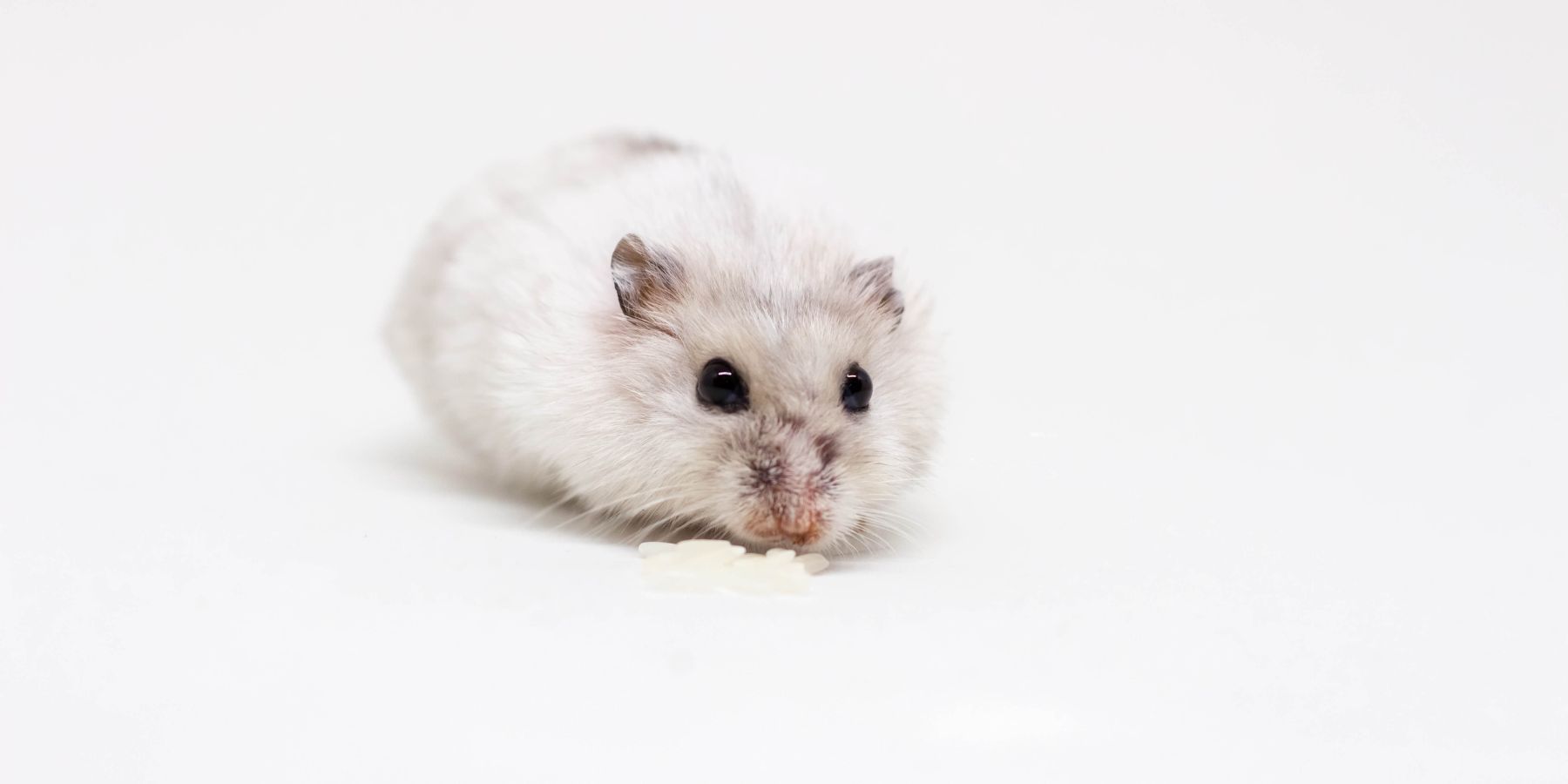Choosing a pet for your child is a significant decision, and hamsters are often a popular choice due to their small size and relatively easy care. However, not all hamster breeds are equally suited for children. This guide will help parents understand the best hamster breeds for kids and how to ensure a safe and enjoyable pet-owning experience.
Understanding the Needs of Child-Friendly Hamster Breeds
When selecting a hamster breed for children, it’s important to consider the temperament, size, and care requirements of the breed.
Characteristics of Child-Friendly Hamsters
Gentle and Tame: Breeds that are known for being gentle and less prone to biting are ideal for children.
Easy to Handle: Smaller breeds that are easy for little hands to hold can be a good choice, as long as they are not too delicate.
The Role of Parental Supervision
Guidance is Key: Regardless of the breed, parental supervision is crucial to ensure safe interactions between the child and the hamster.
Top Hamster Breeds for Children
Several hamster breeds are well-suited for children, each with unique characteristics.
Syrian Hamsters
Friendly and Docile: Syrian hamsters are known for their friendly nature. They are solitary animals, so each hamster needs its own cage.
Size and Handling: They are larger and easier to handle, making them a good choice for children.
Dwarf Hamsters
Roborovski Dwarf Hamsters: These hamsters are small and fast, which might be challenging for young children to handle, but they are generally good-natured.
Russian Dwarf Hamsters: They are sociable and can live in pairs if introduced properly, making them an interesting choice for kids who want to observe hamster interactions.
Campbell’s Dwarf Hamsters
Temperament: These hamsters are gentle but can be more prone to nip if not handled carefully.
Preparing Your Home for a Hamster
Before bringing a hamster home, ensure you have the right environment and supplies.
Choosing the Right Hamster Cage
Spacious and Secure: Select a hamster cage that is spacious enough for the breed and secure to prevent escapes.
Location: Place the cage in a quiet area where the hamster can feel safe and the child can easily observe and interact with the pet.
Essential Supplies
Bedding: Use safe, absorbent bedding for the hamster’s comfort.
Food and Water: Provide a balanced diet and fresh water daily.
Exercise Wheel and Toys: These are important for the hamster’s physical and mental well-being.
Teaching Children Hamster Care
Involving children in hamster care teaches responsibility and helps form a bond between the child and the pet.
Basic Care Responsibilities
Feeding: Teach your child how to feed the hamster and the importance of fresh water.
Cleaning: Show them how to clean the hamster cage safely and regularly.
Handling and Interaction
Gentle Handling: Teach children how to handle the hamster gently to avoid stress or injury.
Observation: Encourage children to observe the hamster’s behavior and learn about its needs.
Safety Considerations
Safety is paramount when children interact with hamsters.
Supervision and Boundaries
Always Supervise: Never leave a child alone with the hamster.
Setting Boundaries: Teach children what behaviors are safe and appropriate when interacting with their pet.
Recognizing Hamster Stress
Signs of Stress: Teach children to recognize signs of stress in the hamster, such as biting, squeaking, or trying to escape, and to respond appropriately.
Conclusion
Choosing the right hamster breed for your child can lead to a wonderful pet-owning experience. Syrian hamsters, Roborovski Dwarf Hamsters, and Russian Dwarf Hamsters are all excellent choices, each with their own unique qualities. By preparing your home with a suitable hamster cage and essential supplies, teaching your child about proper care and handling, and ensuring safety during interactions, you can create a nurturing environment for both your child and their new furry friend.

